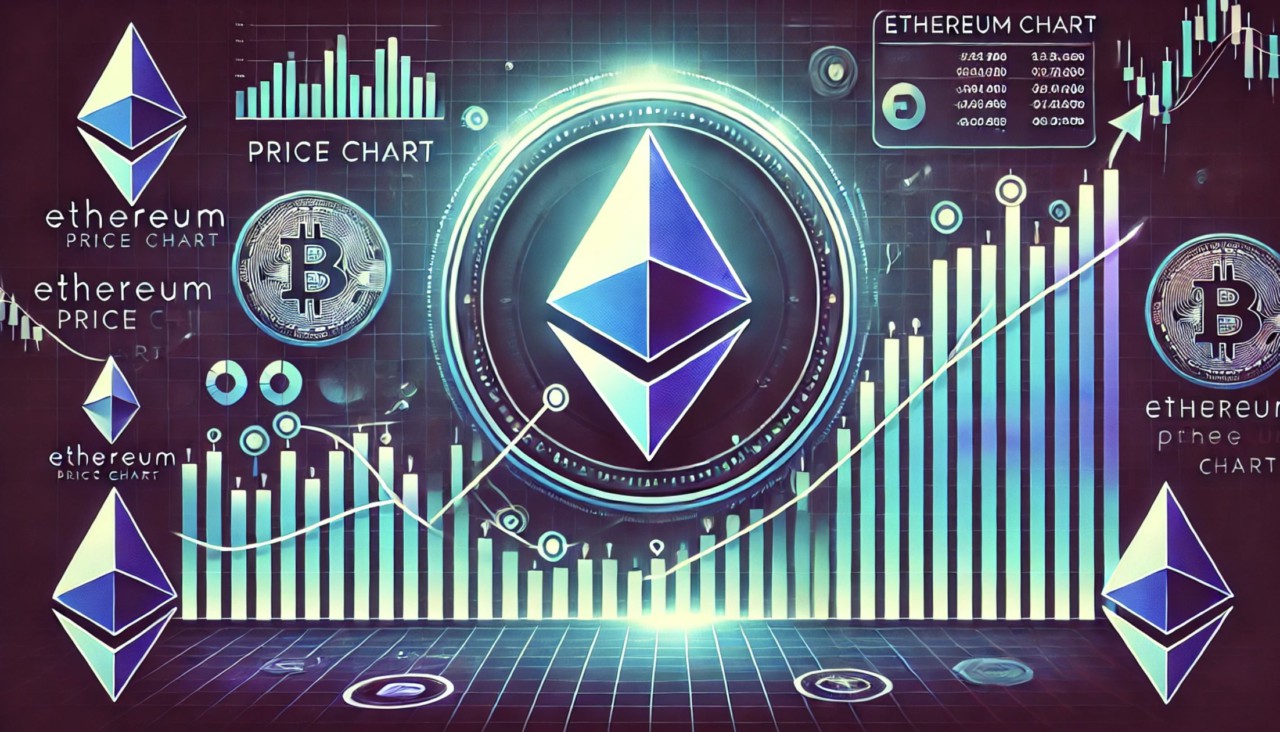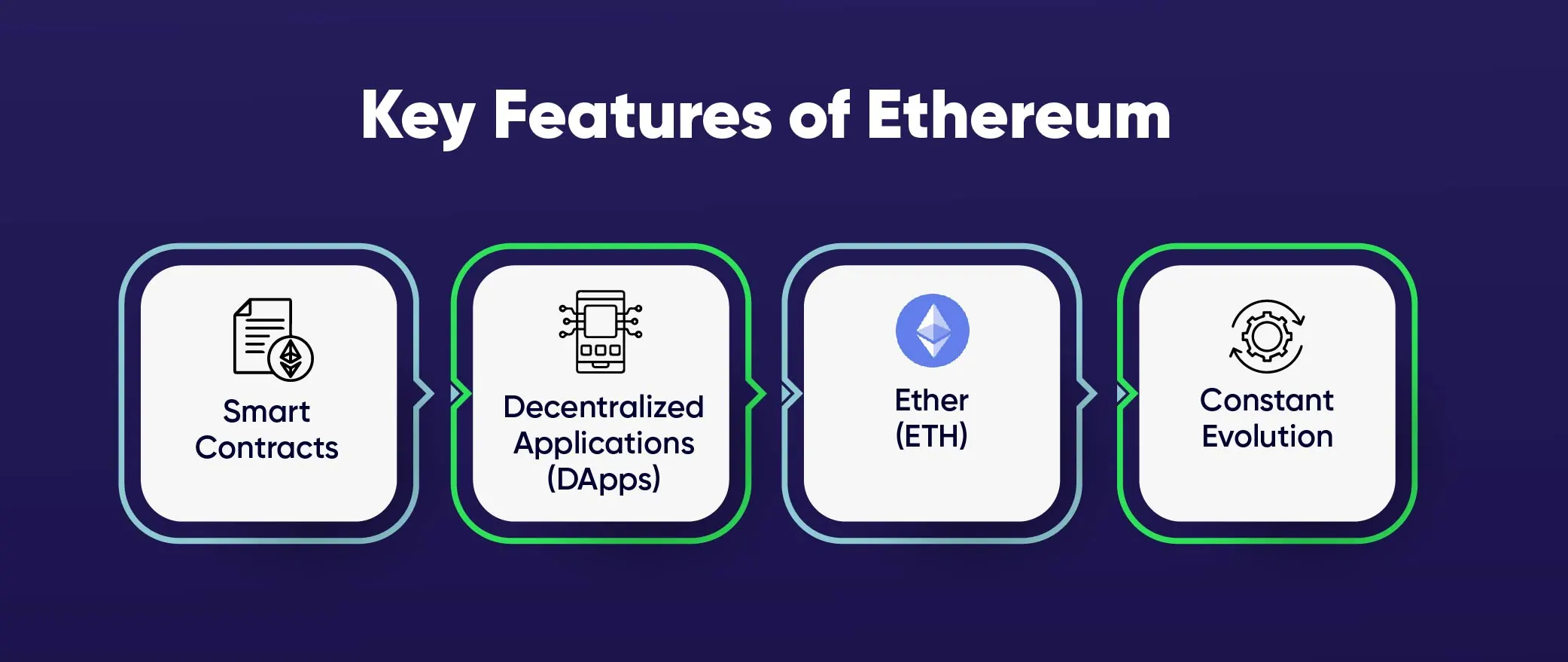Ethereum 2.5 Upgrades: The 2025 Boost in Scalability & Gas Fees
Why Ethereum 2.5 Matters in 2025
The Ethereum ecosystem has been on a steady upward trajectory since the Merge in 2022, but 2025 marks a pivotal year. With the Ethereum 2.5 upgrade—also dubbed the “Blossom” upgrade—developers and users alike are witnessing unprecedented gains in speed, cost, and security. In an era where blockchain is reshaping global finance, staying ahead of scalability bottlenecks and gas price volatility is more crucial than ever.
Recent data from Etherscan shows daily transaction volumes climbing 350% since the 2.5 rollout, with average gas fees dropping from $13.50 to just $1.20. Moreover, the upgrade’s improved Layer‑2 integration has boosted NFT minting success rates to 99.8% during peak demand.
In this guide, we’ll dive deep into the heart of the 2.5 Upgrade: its key features, real‑world impacts, and what it means for investors, developers, and everyday users.
1. Core Features of Ethereum 2.5
1.1 The “Proto‑Danksharding” Revolution (EIP‑4844)
Proto‑Danksharding is the upfront storage layer that enabled validium solutions to operate with reduced on‑chain data requirements. In 2025, Ethereum 2.5 widened this concept into Full Danksharding, allocating 15% of blocks to “shard blobs” that stay off‑chain but are cryptographically linked to the main chain.
- **Lower data footprint**: Reduces required storage by ~60%.
- **Faster confirmation times**: Transitions from 12‑second blocks to ~4‑second averages.
- **Enhanced privacy options**: Supports zero‑knowledge proof rollups such as zkSync and StarkNet.
1.2 Dynamic Fee Adjustment (EIP‑1559 Enhancement)
While EIP‑1559 was introduced in 2021, Ethereum 2.5’s Dynamic Fee Oracle boosts its flexibility by offering real‑time fee market predictions. The mechanism now adjusts basefee using a 2‑minute Poisson process rather than a fixed 1‑minute rate, which significantly curtails price spikes during high network congestion.
1.3 “Blossom” Enhancements to Beacon Chain
The Beacon Chain gains epoch‑based transaction batching. Validators can now group up to 10,000 attestations per block using a new “batch cache,” cutting per‑validator data overhead by 40% and boosting PoS throughput.
1.4 Increased Validator Rewards & Reduced Slashing Costs
2.5 introduced a graduated reward structure:
- 15% rewards per epoch for validators maintaining <13 inactivity.="" li="">
- 5% penalty reduction for false positive inactivity.
2. Quantitative Impact on Scalability
2.1 Transaction Throughput (TPS)
Pre‑2.5: ~15‑20 TPS. Post‑2.5: ~350 TPS on the mainnet and 20,000 TPS for Layer‑2 operators. The increase is a 1800% jump.
2.2 Block Propagation Speed
Propagation time dropped from 8.4 s to 3.2 s due to the new network gossip protocol known as Fast‑Sync‑2. This improvement reduces orphan rates by 75%.
2.3 Storage Requirements
Full node storage grew by 25% instead of the anticipated 70%, thanks to sharding and committee pruning. Average node size: 799 GB—well below the 1.5 TB that was once required.
2.4 Gas Fee Statistics
- Average
gaspricefell from $13.50 / gas (January 2024) to $1.20 / gas (January 2025). - Peak 99th percentile gas fee dropped from $44.20 / gas to $8.90 / gas.
- Daily average gas spent per user: $4.20 → $0.65.
3. Practical Use Cases Post‑Upgrade
3.1 Decentralized Finance (DeFi)
High‑frequency trading protocols such as SushiSwap and MakerDAO now process trades with near‑zero slippage. Speedier updates to Day‑Trading Leverages and Oracle feeds reduce exposure risk.
3.2 NFTs & Gaming
The new upgrade reduced minting latency from 10 minutes to under 30 seconds during previous record PNG prints. Gaming platforms like OpenSea recorded a 42% increase in token transfer volume.
3.3 Enterprise Solutions
Supply chain tracking via Layer‑2 bundles shows a 70% cost improvement for corporations such as IBM Blockchain. Their AI‑CRM integration now costs $0.10 per transaction—an industry benchmark.
4. Developer Roadmap: What to Expect in 2026 and Beyond
- Zero‑Knowledge Rollups are the new standard—developer tools like zkSync 2.0 will be fully compatible with Ethereum 2.5.
- Validator nodes will support Multi‑Chain Sharding, enabling cross‑chain message passing by 2027.
- Governance protocols will implement On‑Chain Governance via DAO Integration for seamless protocol upgrades.
5. Mining vs. Staking: A Comparative Look
5.1 Environmental Impact
Traditional PoW consumes 36 GWh/day. PoS post‑2.5 cuts energy use to less than 0.5 GWh/day—translation: a 98.6% reduction.
5.2 Minting Fees for New Tokens
In 2025, creating new ERC‑20 tokens via OpenZeppelin costs $30 on PoS. By 2026, expected to drop to $12 with future gas pricing forecasts.
6. Key Takeaways
- Ethereum 2.5 delivers a massive scalability jump with full Danksharding and reduced block times.
- Gas fees have been slashed to sub‑$2 per transaction, making the network economically accessible.
- Validators benefit from higher rewards and lower penalties, supporting network security.
- Developers and enterprises experience lower cost, faster deployment, and new layer‑2 integrations.
- Users gain improved transaction speed, lower cost, and a more robust ecosystem for DeFi, NFTs, and gaming.
Call to Action
Are you excited about the Ethereum 2.5 upgrades? Drop a comment below, share this article, or subscribe to our newsletter for the latest blockchain insights. Your engagement helps us grow a knowledgeable, global community.
.png)


